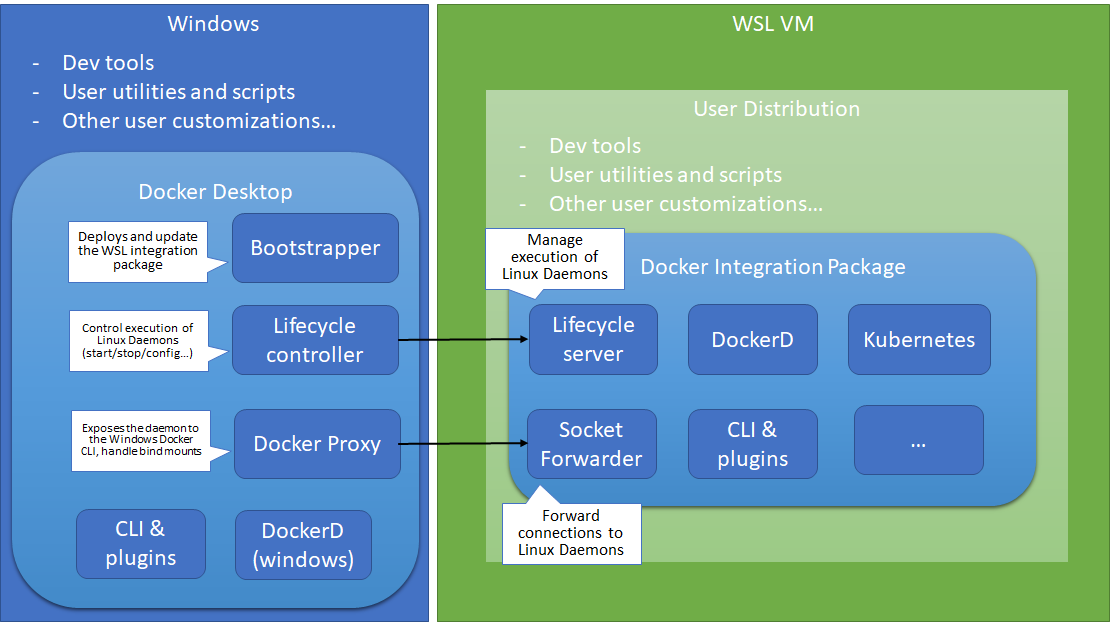The Best Free Torrent Clients in 2021 – For Windows, Mac, Android, Linux. Users of macOS Catalina will need to download BitTorrent Web – a new version of the. What is the best bittorrent client for mac. Tips for choosing the best torrent client. When choosing the best torrent app for Mac, there are a few things you’ll want to think about:. No adware or malware: Look out for free, open-source software, as sadly torrent software for Mac can often be bundled with adware or malware. Always take time to read reviews to ensure the safety. We are sure that Folx is the best torrent search app because it will find torrent files without you leaving the app - enjoy the results from a multitude of trackers at a time. Find torrent and download Once you see the torrent file that is exactly what you were looking for - click the Download option next to it. That’s how easy it is!
Mac OS X Lion 10.7 is the eighth major release of Mac OS X is a completely different version from the for windows because it is a version that is totally based on the productivity suite for mac os x. This for mac is one of the best and successors of 2011 and it is followed by the for mac of 2007. To format USB for Mac and Windows, there are two disk formats to choose from: exFAT and FAT32. The other formats – Microsoft's NTFS and Apple's Mac OS Extended – don't work well on the other operating system. There are a few subtle differences between exFAT and FAT32, but most of these are only an issue if you are using a drive on a server. A Hackintosh is a non-Apple branded PC that runs the Apple macOS operating system. To do this, you will need a compatible non-apple PC, as well as access to a Mac computer. A USB flash drive or other secondary volume formatted as Mac OS Extended, with at least 14GB of available storage; A downloaded installer for macOS Big Sur, Catalina, Mojave, High Sierra, or El Capitan.
iPhone 12

Open, edit, copy, move, or delete files stored on Windows NTFS-formatted USB drives on your Mac. Docker desktop for windows server 2016 standard. When you get a new Mac, it’s only able to read Windows NTFS-formatted USB drives. To add, save, or write files to your Mac, you need an add-on NTFS-driver. Microsoft NTFS for Mac by Tuxera is easy-to-use software that makes this possible.
Blast past fast.
From $29.12/mo. for 24 mo. or $699 before trade‑in.1
Buy directly from Apple with special carrier offers.
iPhone 12 Pro
It’s a leap year.
From $41.62/mo. for 24 mo. or $999 before trade‑in.2
Buy directly from Apple with special carrier offers.
Apple Card
Save 6% on Apple products with a new Apple Card — all March long.*
* Exclusions and terms apply.3
iPad Air
iPad Air
Powerful. Colorful. Wonderful.
Apple Watch Series 6
The future of health is on your wrist.
MacBook Air
Power. It’s in the Air.
Apple Fitness plus
A new fitness experience for everyone. Powered by Apple Watch.
Apple One
Bundle up to six Apple services. And enjoy more for less.
Apple TV plus
The Oprah Conversation
With Amanda Gorman
These advanced steps are primarily for system administrators and others who are familiar with the command line. You don't need a bootable installer to upgrade macOS or reinstall macOS, but it can be useful when you want to install on multiple computers without downloading the installer each time.
What you need to create a bootable installer
- A USB flash drive or other secondary volume formatted as Mac OS Extended, with at least 14GB of available storage
- A downloaded installer for macOS Big Sur, Catalina, Mojave, High Sierra, or El Capitan
How To Install Mac Os Catalina On Usb Drive
Download macOS
- Download: macOS Big Sur, macOS Catalina, macOS Mojave, or macOS High Sierra
These download to your Applications folder as an app named Install macOS [version name]. If the installer opens after downloading, quit it without continuing installation. To get the correct installer, download from a Mac that is using macOS Sierra 10.12.5 or later, or El Capitan 10.11.6. Enterprise administrators, please download from Apple, not a locally hosted software-update server. - Download: OS X El Capitan
This downloads as a disk image named InstallMacOSX.dmg. On a Mac that is compatible with El Capitan, open the disk image and run the installer within, named InstallMacOSX.pkg. It installs an app named Install OS X El Capitan into your Applications folder. You will create the bootable installer from this app, not from the disk image or .pkg installer.
Use the 'createinstallmedia' command in Terminal
- Connect the USB flash drive or other volume that you're using for the bootable installer.
- Open Terminal, which is in the Utilities folder of your Applications folder.
- Type or paste one of the following commands in Terminal. These assume that the installer is in your Applications folder, and MyVolume is the name of the USB flash drive or other volume you're using. If it has a different name, replace
MyVolumein these commands with the name of your volume.
Big Sur:*
Catalina:*
Mojave:*
High Sierra:*
El Capitan:
* If your Mac is using macOS Sierra or earlier, include the --applicationpath argument and installer path, similar to the way this is done in the command for El Capitan.
After typing the command:
- Press Return to enter the command.
- When prompted, type your administrator password and press Return again. Terminal doesn't show any characters as you type your password.
- When prompted, type
Yto confirm that you want to erase the volume, then press Return. Terminal shows the progress as the volume is erased. - After the volume is erased, you may see an alert that Terminal would like to access files on a removable volume. Click OK to allow the copy to proceed.
- When Terminal says that it's done, the volume will have the same name as the installer you downloaded, such as Install macOS Big Sur. You can now quit Terminal and eject the volume.
Use the bootable installer
Determine whether you're using a Mac with Apple silicon, then follow the appropriate steps:
Apple silicon
- Plug the bootable installer into a Mac that is connected to the internet and compatible with the version of macOS you're installing.
- Turn on your Mac and continue to hold the power button until you see the startup options window, which shows your bootable volumes and a gear icon labled Options.
- Select the volume containing the bootable installer, then click Continue.
- When the macOS installer opens, follow the onscreen instructions.
Intel processor
- Plug the bootable installer into a Mac that is connected to the internet and compatible with the version of macOS you're installing.
- Press and hold the Option (Alt) ⌥ key immediately after turning on or restarting your Mac.
- Release the Option key when you see a dark screen showing your bootable volumes.
- Select the volume containing the bootable installer. Then click the up arrow or press Return.
If you can't start up from the bootable installer, make sure that the External Boot setting in Startup Security Utility is set to allow booting from external media. - Choose your language, if prompted.
- Select Install macOS (or Install OS X) from the Utilities window, then click Continue and follow the onscreen instructions.
Learn more
For more information about the createinstallmedia command and the arguments that you can use with it, make sure that the macOS installer is in your Applications folder, then enter the appropriate path in Terminal:
- Big Sur: /Applications/Install macOS Big Sur.app/Contents/Resources/createinstallmedia
- Catalina: /Applications/Install macOS Catalina.app/Contents/Resources/createinstallmedia
- Mojave: /Applications/Install macOS Mojave.app/Contents/Resources/createinstallmedia
- High Sierra: /Applications/Install macOS High Sierra.app/Contents/Resources/createinstallmedia
- El Capitan: /Applications/Install OS X El Capitan.app/Contents/Resources/createinstallmedia
Install Mac Os Catalina From Windows On Usb
A bootable installer doesn't download macOS from the internet, but it does require an internet connection to get firmware and other information specific to the Mac model.

